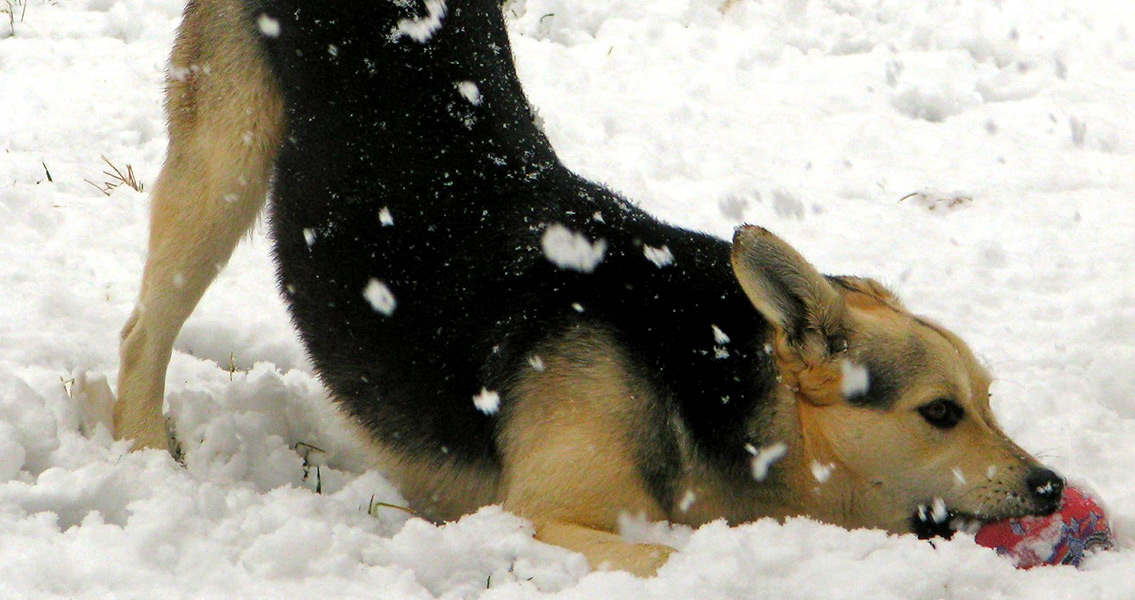<![CDATA[Dogs are man's best friend, so the saying goes. But we have only a partial understanding of our canine companions' history. New research has shown that our relationship with dogs may be much old than previously thought. Previous research suggested that humans and dogs have been closely linked for no more than 16,000 years, when the ancestors of modern-day dogs diverged from wild wolves. New research, however, has suggested that dogs' relationship with humans may date back as far as 35,000 years. Pontus Skoglund of Harvard Medical School and the Broad Institute and his team have been conducting genomic analysis of an ancient Taimyr wolf bone. Genomes from this bone, radiocarbon dated to 35,000 years ago, reveal that the Taimyr wolf was the most recent common ancestor of both wolves and dogs. The researchers discovered the small piece of bone during an expedition to the Taimyr Peninsula in Siberia, where wolves are still common today. They did not immediately realise that the bone was from a wolf or that it was an ancient bone; only after genetic tests and radiocarbon dating had been conducted in a laboratory were these facts revealed. "Dogs may have been domesticated much earlier than is generally believed," says Love Dalén of the Swedish Museum of Natural History and co-author of the study, published in the journal Current Biology. “The only other explanation is that there was a major divergence between two wolf populations at that time, and one of these populations subsequently gave rise to all modern wolves.” The team argue that dogs were domesticated prior to the diversification of present-day gray wolf populations. Dalén believes the possible divergence between two wolf populations is a less likely explanation as it would have required a second, separate wolf population subsequently becoming extinct in the wild. The number of coincidences is too high, in Dalén’s opinion. The DNA evidence obtained from the bone reveals that modern-day Siberian Huskies and Greenland sled dogs share an unusually high number of genes with the ancient Taimyr wolf. Skoglund notes that the DNA evidence provides direct proof of this link dating back 35,000 years. Putting that into perspective, the Taimyr wolf lived only a few thousand years after the Neanderthals disappeared from Europe and modern humans began to spread throughout the Eurasian supercontinent. It is important to note that the split between ancient wolves and dogs did not immediately lead to domestication. “The initial divergence between the ancestors of dogs and gray wolves would not necessarily have had to coincide with domestication in the sense of selective breeding, since this human-mediated process could have occurred later or over an extended period of time,” the team wrote. “It is [still] possible that a population of wolves remained relatively untamed but tracked human groups to a large degree, for a long time,” added Skoglund. Skoglund and his team have shone much-needed light on the history of our closest animal companions. By revealing just how long ago dogs and humans began contact, a big step has been made in gaining a fuller understanding of this shared history. For more information: www.cell.com Image courtesy of Wikimedia Commons user: Inugami-bargho]]>
Dogs Split From Wolves Much Earlier Than Thought
